I begin by catching up on emails that have come in overnight. We are a global company that communicates across many time zones. We find that our time best overlaps in the morning hours on the east coast. Therefore, I try to fit meetings or email communication into the first part of the day to keep tasks moving forward.
This morning, I take time to review new research publications that utilize SPT Labtech instruments. It’s great to see findings from users who have seen benefits from using our products and this is an excellent way to scan new methods to stay abreast of novel research.
I also read my ‘Microbiome in the News’ newsletter from UC San Diego’s Center for microbiome innovation. This topic is a good fit for our miniaturization protocols and is a rapidly evolving field. It is essential that I keep up to date so I can give our customers recommendations on how to innovate.

- Applications
-
Products
-
Liquid Handling
- firefly Accelerate genomic research with innovative all-in-one, compact liquid handling
- mosquito Nanolitre liquid handling technology performs ‘traditional’ tasks at a fraction of the volume, and higher speeds
- dragonfly Delivers accurate and repeatable nanolitre to milliliter dispensing
- apricot Automated liquid handling instrumentation for convenient general use across your entire team
- Sample Preparation
-
Sample Management
- comPOUND A scalable, reliable, and secure compound management solution
- BioMicroLab Easy-to-use sample management automation instruments
- arktic Robust biospecimen storage and management down to -80°C
- lab2lab Novel sample and data transfer network system
- comPACT Reliable and efficient -20°C storage and retrieval has never been more accessible
-
Liquid Handling
-
About
- Company With a focus on liquid handling, sample preparation and sample management, our expert teams create state-of-the-art solutions that scientists and researchers can trust Culture We have one overarching mission: to work together to accelerate life science research. Through our innovative solutions and state-of-the-art tools, we believe we can make a real difference to human health Partners Collaboration is key in our mission to make a real difference to human health. Partnering with application leaders globally, we co-create to solve new challenges across the life sciences. Innovation From the initial prototype through to manufacturing, installation and beyond, we bring a problem-solving mindset and technical expertise to drive innovation
-
Executive Leadership
 Through strategic guidance, visionary thinking, and a relentless pursuit of excellence, our senior executives steer SPT Labtech towards achieving its mission of making a real difference to human health through solving advanced laboratory challenges.
Learn more
Through strategic guidance, visionary thinking, and a relentless pursuit of excellence, our senior executives steer SPT Labtech towards achieving its mission of making a real difference to human health through solving advanced laboratory challenges.
Learn more 
-
View all
 Board of Directors
Board of Directors
 Our Board of Directors are committed to driving the long-term success and sustainability of SPT Labtech, providing expert guidance and oversight to execute the company’s ambitious commercial strategy.
Learn more
Our Board of Directors are committed to driving the long-term success and sustainability of SPT Labtech, providing expert guidance and oversight to execute the company’s ambitious commercial strategy.
Learn more 
-
Knowledge Base
- Resources Our wide range of insightful resources include videos, whitepapers, eBooks, application notes and more Events & Webinars Meet the SPT team at events all over the globe and virtually via our webinars Podcast We chat with innovators and leaders from across the community to gain their unique insights. News Latest news from SPT Labtech globally Blog Our latest blog posts feature trends in research, innovative techniques and new technology
-
23 June, 2025
 SPT Labtech Named Illumina Qualified Methods Provider Following Successful Automation of Illumina DNA Prep on firefly® Platform
Continue reading
SPT Labtech Named Illumina Qualified Methods Provider Following Successful Automation of Illumina DNA Prep on firefly® Platform
Continue reading 
-
23 April, 2025
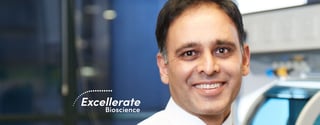 A trusted partner in drug discovery: Viral Patel’s 20-year journey with mosquito®
Continue reading
A trusted partner in drug discovery: Viral Patel’s 20-year journey with mosquito®
Continue reading 
-
26 March, 2025
 SPT Labtech and Biortus Launch Joint Laboratory of Structural Biology in China
Continue reading
SPT Labtech and Biortus Launch Joint Laboratory of Structural Biology in China
Continue reading 
10
- Careers
- Home
- Field Application Scientists
Field Application Scientists (FAS)
Helping you to get the most out of your SPT Labtech instrument
What is a Field Application Scientist?
Have you ever installed new lab instruments or applications which didn’t quite deliver the results you expected? Ensuring your hardware and software are fit for purpose is critical to obtaining scientific value. Consequently, Field Application Scientists (FASs) play a fundamental role in ensuring you get the most out of your instrument outputs and workflows. But how so? And why do you need a FAS to be an extension of your team?
- Field Application Scientists first and foremost provide scientific advice and assist laboratory teams in the installation of instruments and design of scientific applications.
- Primarily, FASs will be involved in the very early interactions of the purchasing process with a lab service provider. The FAS will want to understand what you are trying to achieve scientifically so they can provide tailored recommendations to help you achieve your research goals.
- Ultimately, scientific success will be achieved through the design of the application, instrumentation and analysis. Therefore, the more information you can share about your goals up front, the more customized your recommendations will be.
- As part of the purchasing process, the FAS will be responsible for pre-demonstrations which allow you to jointly create a customized plan for your demo in order to get an accurate preview of how products will improve your laboratory’s workflows.
- Following this, the FAS, alongside an engineer, will carry out the installation and validation of the instrumentation on site and provide the appropriate training to your team on usage. This ensures that all potential end users have the opportunity to gain experience with the instrument and application using their own samples, with the FAS on hand to provide guidance.
- The FAS will work with you to prepare protocols that suit your needs for your specific application. They will also analyze the procedures and provide recommendations on how to design protocols to ensure the optimal level of usage.
- Perhaps the most important part of the FASs job is to build strong working relationships with customers. They strive to enhance customer experience and create an effective evaluation loop, allowing customers the opportunity to share comments and feedback about products and services.
- Add value alongside engineers
- Bridge the gap between sales and science
- Scientific knowledge from all over the world
- Trusted friend and voice of the customer
- Improving efficiency and reducing costs
There is often confusion over the responsibilities of the FAS team and engineers. However, it’s important to note that they do in fact play different roles. While an engineer has an engineering background, FASs will have a scientific background.
The work of an engineer is critical for installation and maintenance of lab instruments. Without their technical support, lab teams would struggle to achieve optimal usage of instruments. They will ensure the set up of the machine you have purchased is configured correctly and will be on hand on a future basis to provide assistance.
The FAS, on the other hand, will ensure that the protocols for the application you collectively devise with the lab service provider, are designed with science in mind.
FASs will often be PhD-level scientists, specializing in certain areas ranging from genomics to structural biology. The breadth of a FAS team’s training and expertise is a fantastic benefit as it gives you confidence to pursue innovative ideas.
The advantages of having both an engineer and FAS working together is that they can look at the same scenario from different perspectives—an engineering perspective and a scientific perspective. As a result, they can find solutions to problems quickly, with limited interruption.
Typically, the FAS will work with you in the sales process to understand what you aim to achieve from a scientific standpoint. This enables them to recommend instruments and applications that will be fit for purpose. As the FAS has quite often previously worked at the bench themselves, they are well positioned to provide added scientific value, in addition to the assistance given by dedicated Sales Managers.
This ensures that science flows through every aspect of your interactions with potential providers to guarantee that applications are up to scientific standards.
One of the common questions we are asked at SPT Labtech is ‘Who in the industry is innovating with your products and applications?’
Both in academic research and industry, it’s common for word of mouth and scientific credibility to influence your actions when you want to test novel methods. 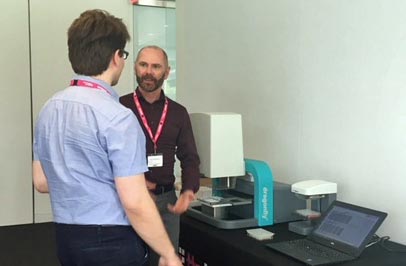
Perhaps one of the biggest benefits of having access to a FAS is that they act as a real life use case. They work with hundreds of companies, instruments, applications and they see how other scientists are pushing the boundaries when it comes to scientific innovation. They are constantly learning and adding new methods to their scientific repertoire.
For instance, in the field of single cell genomics, a fast-paced area of science which publishes new and improved methods at a rapid rate, the FAS can provide knowledge transfer on how single cell labs can install and use instruments that have the necessary flexibility to adapt to change, as well as establish and customize miniaturized protocols of choice. In this regard, the FAS can contribute reputable guidance and direction on how you can innovate. They can also act as a practical sounding board, should you want to test a theory.
Our FAS are masters of troubleshooting. If you have a problem, chances are they have experienced said problem before. As a result, they will likely have the necessary understanding to rectify the issue quickly and with limited negative impact on the day to day running of your lab’s activities.
The FAS's responsibility is to guarantee the applications you are using are fit for purpose. In order to do this, they decipher the bottlenecks and obstacles you may be experiencing by actively listening and remaining flexible in their approach. This means you should never hesitate to call on them when you need a shoulder to cry on!
The FAS role is one of collaboration. They communicate with numerous departments within a lab service organization and supporting the sales team is just one of those areas, as mentioned above. The FASs also build effective relationships and obtain valuable, first-hand feedback from customers so they can report back to research and development teams with common trends.
FASs will undoubtedly have efficiency in mind when it comes to implementing an application for use on lab instruments. The FAS will provide practical expertise on how to minimize costs, eliminate laborious processes, enhance data quality and preserve sample integrity, all with the intention of boosting efficiency.

Take for example, liquid handling applications for genomics. In an environment where the protection of samples is of the utmost importance, the FAS will help you define and implement the protocol for the application so that the loss of samples is reduced, exposure to the air is decreased and cross contamination with other reagents is avoided. In a lab where there is a high turnaround of samples, this is fundamental to increasing efficiency and thus reducing costs.
The FAS will also put processes in place to secure these efficiencies and cost reductions, enabling you to measure impact and return on investment. Furthermore, the FAS can often find a novel use for an instrument, for purposes other than its intended use, to expand utility further. In one instance at SPT Labtech, one customer was using the dragonfly crystal screen optimizer and in partnership with the FAS developed assays for mass spectrometry on the same instrument, enabling the customer to achieve their goals with a piece of equipment they already had.
Key takeaways
A Field Application Scientist (FAS) plays an important role in obtaining and maintaining the best value from your lab instruments and applications. Here is a recap of the benefits of having FASs as an extension of your team when you work with a lab service provider.
- FASs do not simply stop at ensuring your lab instruments work correctly, they consider the overall design of the applications to ensure they are fit for scientific purpose
- Everyday they find creative usages of applications for different situations and different labs
- They have a wealth of scientific knowledge and are at the forefront of innovation, working with hundreds of scientists and ground-breaking methods
- Supplying your feedback on how applications are being used in your business or research institute is critical as FASs directly contribute to the improvement of existing products and new applications which you can take advantage of in the future
A day in the life of a Field
Applications Scientist
Mid-morning, I meet with one of the Territory Managers and a prospective customer. The focus of this technical call is to understand more about the customers needs. I’m able to get a better idea of what they are trying to achieve scientifically and provide a tailored recommendation on how to use our products to achieve their scientific goals.
I firstly establish what type of instrument demonstration would provide the most value for the prospective customer. In this case, the prospective customer wants to implement a library preparation for sequencing. The customer is currently running both Nextera Flex and NEBNext kits and have seen more sample preparation requests in the last year. They are most interested in viewing the magnetic bead cleanup feature of the Mosquito HV during tagmentation, so we decided to run Nextera Flex at one tenth the volume for the demonstration.
As part of the meeting we agree on the type of data we will generate during the demonstration which I book with the customer and finish by arranging the instrument shipping.
I also take the time to follow up on another demo I recently completed to ensure the customer was satisfied with the instrument performance. I answer further questions and offer to do a virtual exploration of our software.
I was due to fly to the Mid Atlantic and NorthEast regions as part of our new Genomics software launch but unfortunately this has been canceled due to COVID-19. We are humbled by many of our customers who have repurposed their instruments for coronavirus research, testing, and vaccine efforts. It has become clear from reagent shortages and the number of samples to process that miniaturization and automation is critical for ramping up testing efforts.
Although we are not traveling at the moment, we are still doing everything we can to stay in touch with customers and to conduct demos. We are continuing to do technical calls with customers for future demonstration dates and face to face demos for liquid handling have been replaced by videos or members of the team have been conducting demos from home.
We’ve actually taken this time as an opportunity to conduct more training sessions. As many of our customers' lab staff are also working from home, this is a good time to do software training which might not have always been possible under normal circumstances. The extra training is very much appreciated to ensure everyone is up to speed on the instruments.
‘’Gaining an understanding of how our customers are getting value from our products is key. Not only does this ensure a good customer experience, it allows us to report feedback to the R&D team for improvements to be made’’.
During this time, I check in with one of my existing customers. I’m keen to understand how their experiments are progressing and the value they are receiving from the instrumentation and applications they are currently using. Not only is this critical to ensure a good customer experience, it allows me to report the comments to our research and development team so they can improve current products. It is also an effective way to contribute fresh innovation to create new scientific applications which emerge from customer needs.
I have a quick catch up with my Application Team to share information about the protocols we are working on as well as any issues that have come up at customer sites. We find that a few bottlenecks have emerged and collectively we discuss ways we can improve functionality and make the instrument easier to use.
Every experience we have in the field is valuable as we continue to learn about areas for improvement with the next software release. For example, we recently launched a cooling block and redesigned our magnetic separation bead block based on usability feedback.
New challenges arise frequently so actively listening to customer pain points and staying flexible is a really important part of my job.
In this meeting we also discuss our experience on running demos with our customers on our new Genomics software release and the new design of our Mosquito HV Genomics instruments which now offers highly accurate and precise multichannel pipetting from 500 nL to 5 µL.
We finish by discussing new kits/types of protocols that we tried in a demo. We are very open to trying to generate data from miniaturizing most types of experiments performed by our customers. We also discuss what level of miniaturization is the sweet spot for each kit we demonstrate.
I receive a call from a service engineer. They need assistance with making a run more efficient with reagents. I offer some best practices for the protocol before running to my next meeting.
A colleague and I run a training session for all the US Field Service Engineers (FSEs) on the use of the new Genomics software which has just been released. It’s really important for all the engineers to provide the best possible support to our customers so we ensure we have regular training sessions to achieve this.
This afternoon, I run a software training session with one customer over skype. The goal of the session is to give the customer confidence that they can navigate their way through the different features and experiment types offered in the software. I show them our template feature that allows them to load an entire experiment which they can start running right away. I also demonstrate how to build a new experiment so each step of the protocol can be customized.
I have been working with the marketing department on a potential webinar idea with one of our customers on their use of our mosquito instrument in microbiome shotgun sequencing. We run back and forth with our ideas and feel like it’s coming together nicely!
Throughout the day, I collaborate and communicate
The ability to effectively collaborate and communicate is key in my job role because it involves interaction with so many people—customers, partners and internal teams rely on support from me and I value the opportunity to be able to advise the scientific community on ways to become more efficient and innovative.
Meet our FAS team
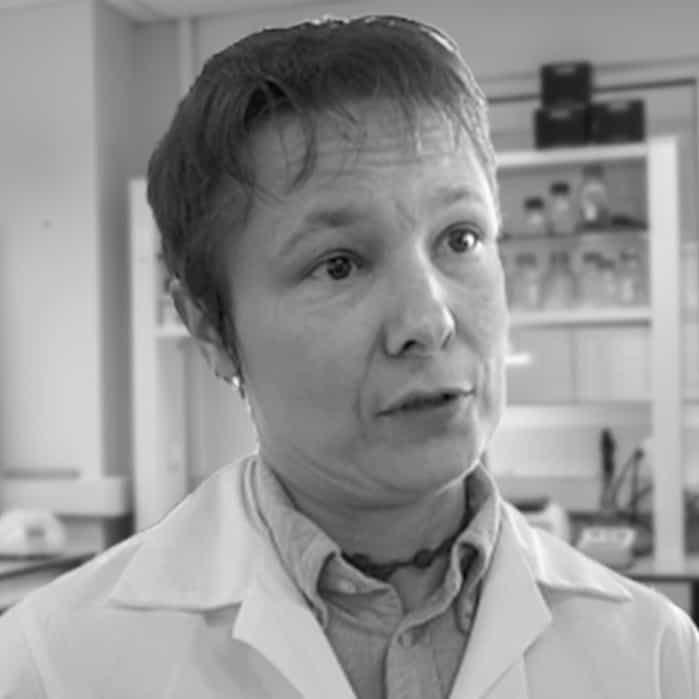
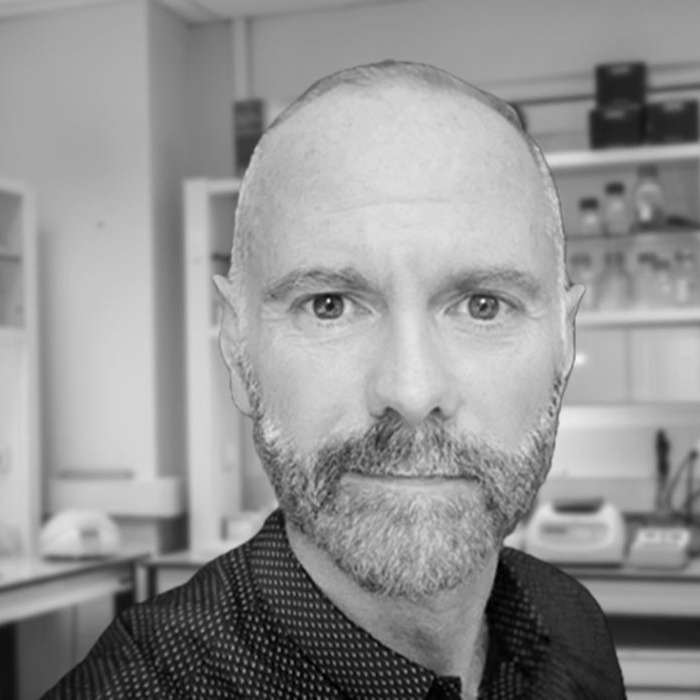
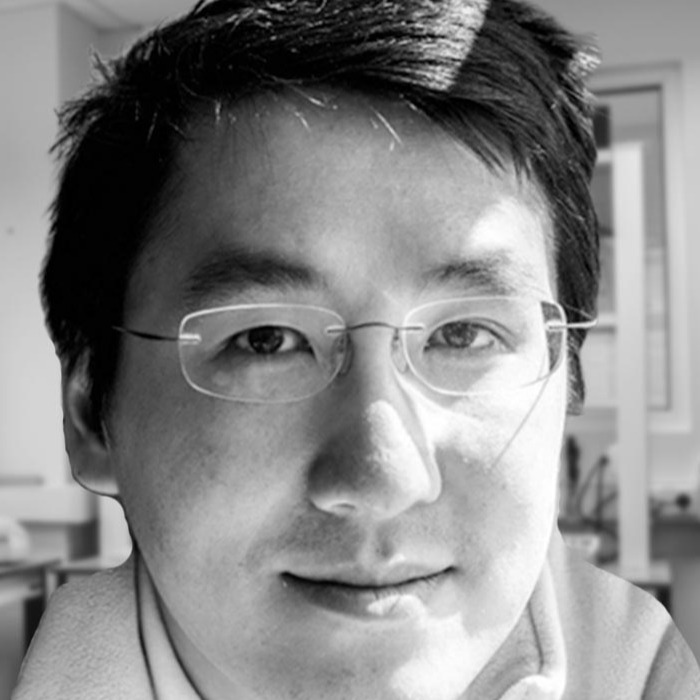
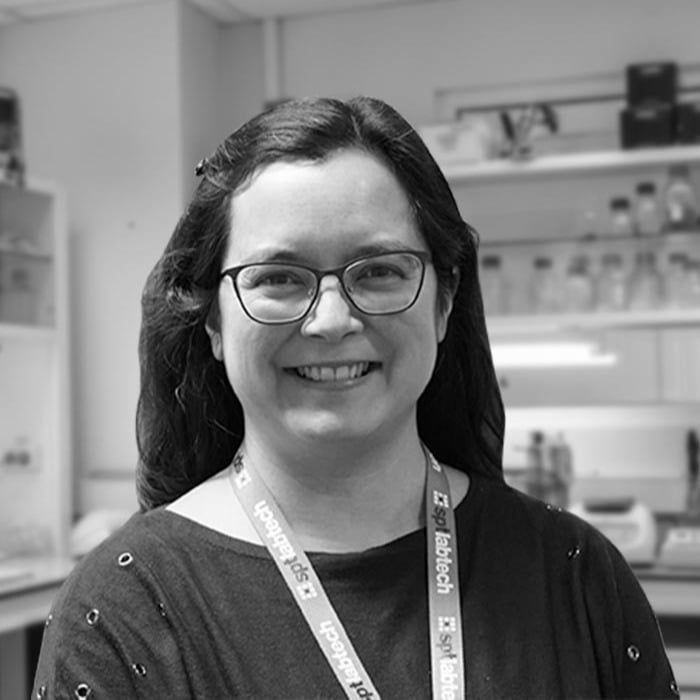
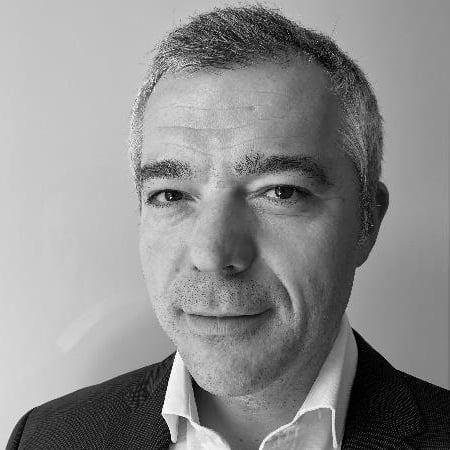
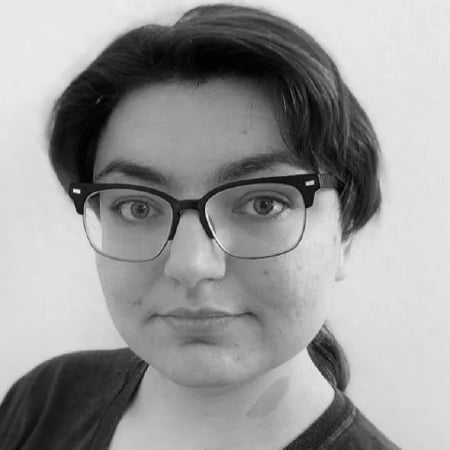
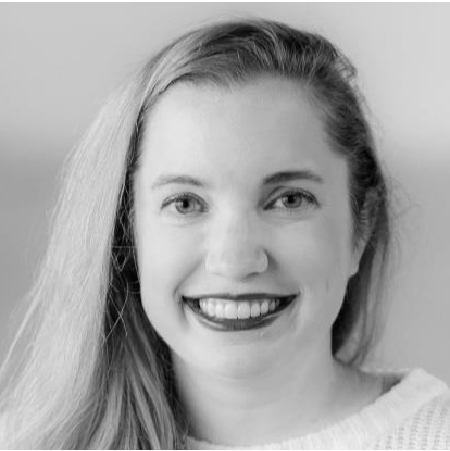
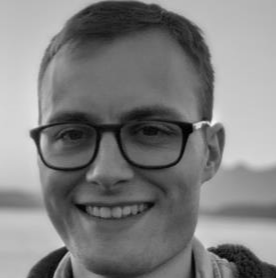
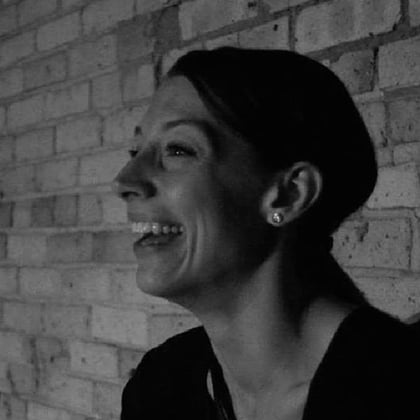
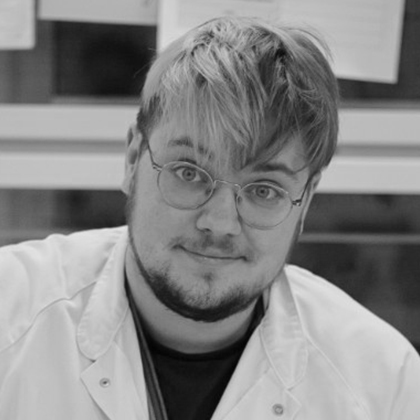
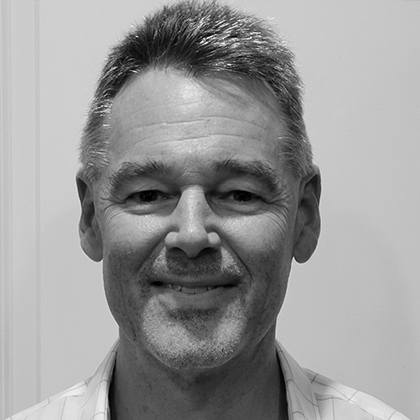


Q&A: The Value of a Field
Applications Scientist
Our team of Field Applications Scientists is focused on the customer’s scientific projects from the very first interaction during the purchasing process. It is vital for us to understand the customer’s goals and challenges. Instrument and software demonstration is an important aspect of the FAS role as it gives scientists the opportunity to visualize how our technology fits with their workflows. The FAS team also assists with instrument installation, provides customized applications training and helps with experiment design and protocol optimization. We are also engaged in the ongoing scientific and technical support. Finally, I work with our Research and Development team on existing and new liquid handling products.
The role we play in the sales process is particularly important for scientists to get the most out of their instruments. We effectively bridge the gap between sales and science to ensure the science is present from start to finish. The early stages of interaction are key in understanding the needs of our customers and it’s at this time that we are most effective in being able to build something that will work for each customer.
In the first instance, we work together with our customers to plan demonstrations ahead of time. We know the demonstration is a great opportunity for the entire lab team (the end users) to get the chance to use the equipment and applications in their own environment. Therefore, we believe it’s really important that the demonstration is tailored for their purposes. It’s also a great opportunity to get feedback from each lab team before a purchasing decision is made.
We work with engineers in a cohesive partnership. The engineer will be responsible for installing the instrument, while FASs are responsible for ensuring the protocols for applications are fit for purpose. All FASs have a scientific background, specializing in individual fields such as molecular biology, assay development or structural biology. Having those specialized areas means we can dedicate expert advice to the customer when they need it. The best part of having both an engineer and a FAS on board is that we look at situations differently to achieve the best collective outcome.
The FAS team have supported hundreds of scientists with different research goals. Their breadth of knowledge and experience means they are well equipped to provide application support. They understand the common challenges scientists face, from irreplaceable samples, expensive reagents, lack of time and the resources required to scale processes and increase throughput. FASs help customers overcome these challenges by sharing best practices to speed up new method implementation, reduce time required for new assay implementation and make the transition from full volume to miniaturized reaction sets up simple.
‘’FASs help customers overcome challenges by sharing best practices to speed up new method implementation, reduce time required for new assay implementation and make the transition from full volume to miniaturized reaction sets up simple’’
Our demonstration is a 3-stage process:
- We firstly have a pre-demo call to specify the customer’s needs and challenges they have, protocols to be tested, sample type, reagents, other instruments and labware choice.
- We then do an instrument demo, usually at the customer’s site but it can also be done at our site. Both the Territory Manager and FAS will be present to answer any questions the customer may have. This is often the first time the customer sees the instruments and software so it is important to provide an overview of how it works, its features and limitations. To achieve this, our team will run a spotting experiment with color dyes for visualization. For NGS researchers it’s also critical to test their samples at reduced volumes of their reagents.
- Lastly, we do a post-demo discussion of results. It’s a perfect moment to get initial feedback on the fit of our instrument(s) in the customer’s current laboratory setup. Liquid handling instrument demonstrations sometimes involve testing kits not previously miniaturized. Based on the obtained result we are able to provide guidance on protocol adjustments to further improve the yield and quality of results.
What our customers say about Field Application Scientists
With support from the SPT Labtech Field Applications Team and engineers we have been able to implement the dragonfly crystal which has been invaluable for preparing complex plates for our Agilent RapidFire System. Using the dragonfly crystal, we've been able to easily create plates with concentration gradients of proteins spanning a diverse molecular weight range from insulin to antibodies in a variety of solution compositions that are of value within the Mass Spectrometry community. The dragonfly has allowed us to reach levels of experimental complexity that would have been significantly more challenging without it.
Daniel Vallejo
4th-Year Graduate Research Assistant, University of Michigan



 Europe
Europe